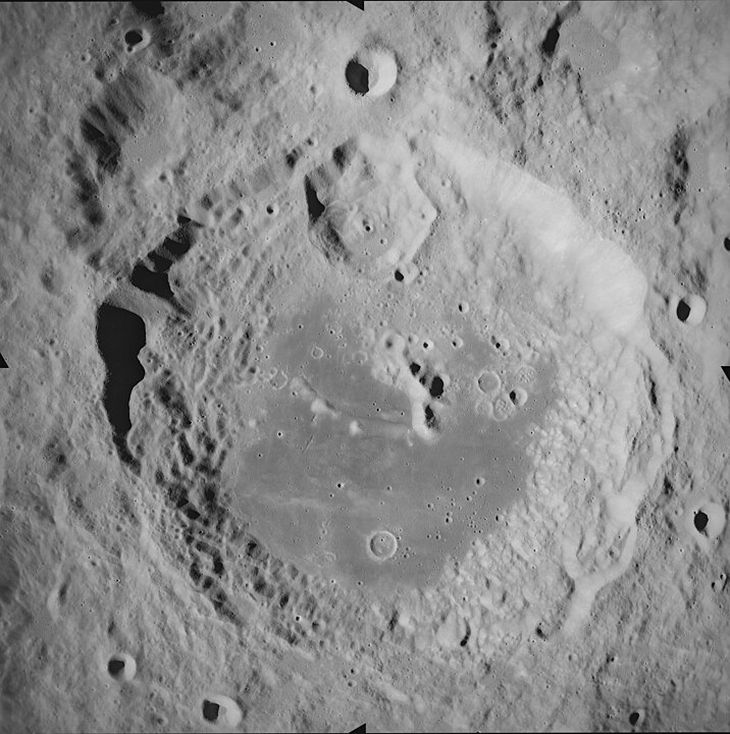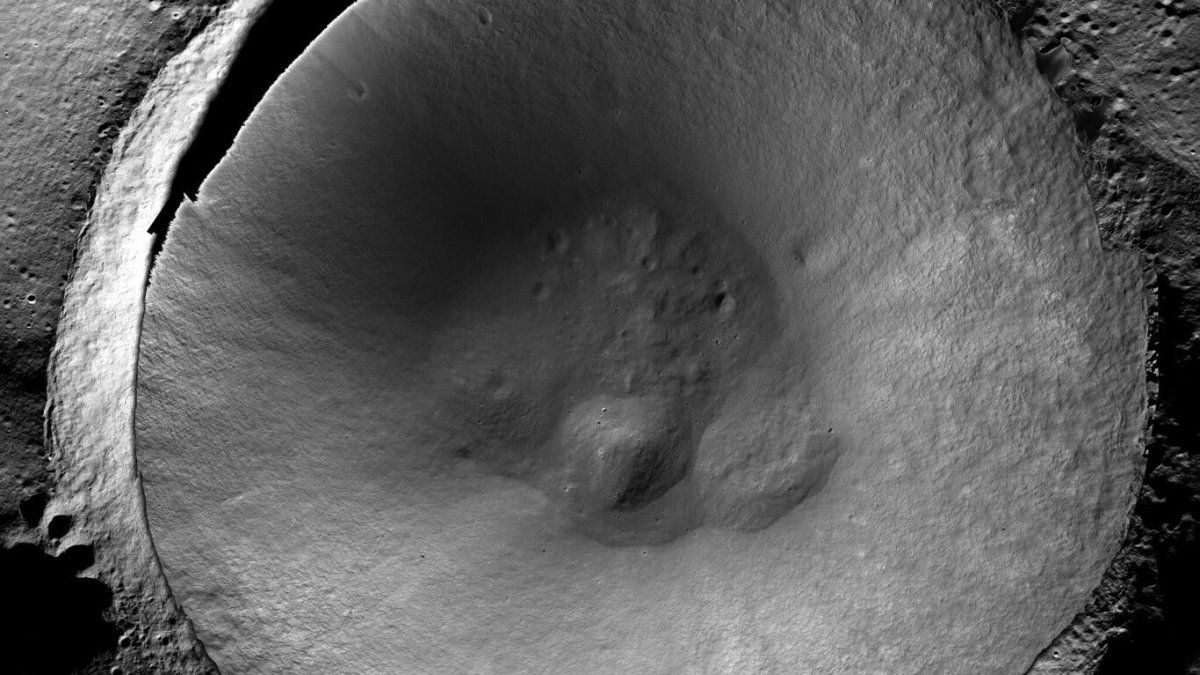This unexpected discovery about the largest crater on the Moon offers new clues about its formation and the history of the Solar System.
The Moonwith its surface full of scars created by meteorite impacts over billions of years, houses one of the most impressive craters in the Solar System: Aitken South Pole Basin. This gigantic crater, which covers almost a quarter of the lunar surface, was the subject of numerous studies, but its size and characteristics always presented a challenge to scientists. Recently, A team of astronomers discovered that the basin is even larger than previously thought, opening up new possibilities for understanding the history of the Moon.
The content you want to access is exclusive to subscribers.
This discovery not only has scientific implications, but may also influence future lunar exploration missions. By analyzing the shape and size of this crater, researchers have been able to rethink theories about how the Moon formed and how the impact that created the basin may have affected its internal structure.


Hunter’s Moon.png

The Aitken Basin, one of the oldest and most mysterious formations on the Moon, now offers a unique opportunity to study the origins of our satellite and the impact that formed it.
A more vertical impact than expected
Previous research suggested that the basin Aitken It was formed by an oblique impact, which would have generated an oval shape. However, the team of scientists led by geologist Hannes Bernhardtof the University of Marylanddiscovered that the basin It has a more circular shape than expected. This finding suggests that the impact was more vertical than previously thought, which changes hypotheses about how the crater formed. In addition, it offers new perspectives on the early days of the Moon and the dynamics of impacts on its surface.
Aitken Crater.jpg

Scientists have discovered that the Aitken South Pole Basin, the largest lunar crater, is larger than previously thought. This discovery could revolutionize our understanding of the Moon and future space missions.
Implications for future lunar missions
This discovery has important implications for lunar missions that are planned for the coming years. Astronauts exploring the basin Aitken could access materials from the depths of the lunar crust and mantle, which It will allow them to study the first stages of the formation of the Moon and the Solar System. Additionally, gravitational measurements revealed a dense crust beneath the surface, which could be a clue to a buried asteroid fragment. Studying these materials can provide key information about the impact that formed the crater and the geological processes that shaped the Moon.
Source: Ambito
David William is a talented author who has made a name for himself in the world of writing. He is a professional author who writes on a wide range of topics, from general interest to opinion news. David is currently working as a writer at 24 hours worlds where he brings his unique perspective and in-depth research to his articles, making them both informative and engaging.




